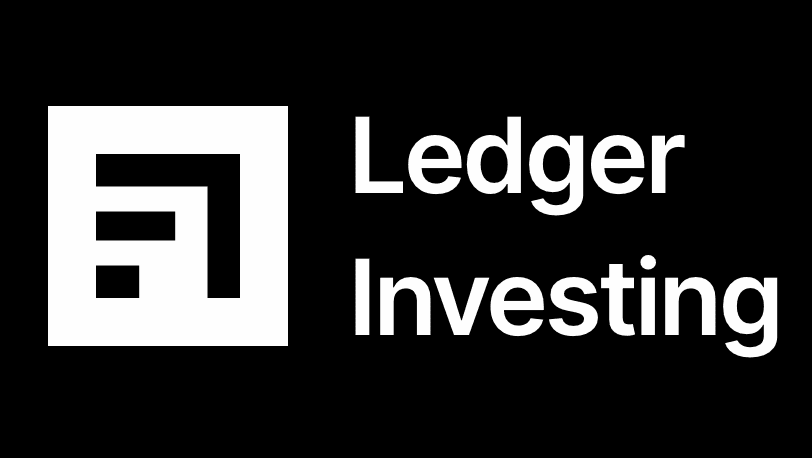Ledger Investing announces first casualty ILS secondary trade

Ledger Investing, the insurance technology (insurtech) and insurance-linked securities (ILS) focused company, has completed its first secondary trade of a casualty insurance-linked securitization (ILS) instrument, with two investors leveraging its software stack to gain sufficient insights into the ILS trade to price the deal and complete the transaction.
Casualty insurance-linked securitization (ILS) remains a relatively niche component of the broader ILS market, but an area of growing interest, especially as investors look to grow and diversify within the space.
Casualty and other non-catastrophe risks can offer similar benefits of low to no correlation, in a diversifying asset that is investable and can deliver attractive returns.
But with casualty insurance and reinsurance seen as more opaque and harder to price, technology is now breaking down those barriers and making the securitization of casualty risk and now even the trading of casualty ILS between investors possible.
Ledger Investing explained that the secondary casualty ILS trade was made possible using its financial software stack.
This enabled two sophisticated investors, which Ledger notes had very different investing backgrounds, one having no experience with insurance as an asset class, to review, evaluate, and price a diversified portfolio of casualty insurance risk.
This meant that the two investors could agree on the terms of the secondary market transfer of the casualty ILS instrument, which Ledger says demonstrates the potential for its technology to “revolutionize the alternative reinsurance industry.”
Ledger also noted that, “This occurred without any impact on risk originators or the credit quality of the paper backing them. In fact, risk originators have taken their first steps into a larger world.”
The future of casualty risk is “connected and standardized data” Ledger believes and the startup connects to policy management systems in order to create a free flow of data between insurance companies and investors.
“Ledger’s marketplace is transformative because the dynamic valuation of securities is relevant not only at issuance but during the securities’ lifetime,” the company said.
Adding that, “This transaction confirms the value of Ledger data and Ledger valuations because, for the first time, investors are ready to trade on it in a secondary offering.”
In essence, by enabling insurers and investors to price risk, while providing the data flows to support an understanding of how risks develop, Ledger is able to create the confidence for trades to occur, while using its capital markets expertise to structure securities.
Ledger believes technology it has created will change the way risks are traded, wrapped, pooled, reinsured and invested in, with securitization at the heart of it.
“The third layer of risk is the financing of insurance risks. This is the insurance secondary market, where risks are transferred, pooled, and reinsurance is created. Insurance risks are also securitized here. This is the back end of the insurance value chain, traditionally a world of illiquid alternative investments,” Ledger explained.
This is the piece of the market Ledger is focusing on, believing advanced technology and data transparency can help to facilitate the route to a more tradable, securitized insurance risk marketplace.
This first trade it has announced is seen as, “One step toward a liquid secondary market for casualty insurance securitization.”
The company sees the lack of a secondary market as a sign that illiquidity premiums are being paid by risk originators, while also seeing secondary markets as key to help investors in the market as well.
“In the future, transparency will help build trust in casualty insurance investing as new information will be reflected in securities pricing. Information can emerge from insurance-related events or capital market shifts. Accessibility of the asset class can be improved: the development of secondary market participation may be accessed by a wider investor base as the emerging asset class establishes its track record,” Ledger believes.
Ledger Investing’s total contracted premium has now reached over $675 million, as the company continues to gain traction in transferring risks as diverse as passenger and commercial auto, general liability, and workers compensation to capital market investors.







